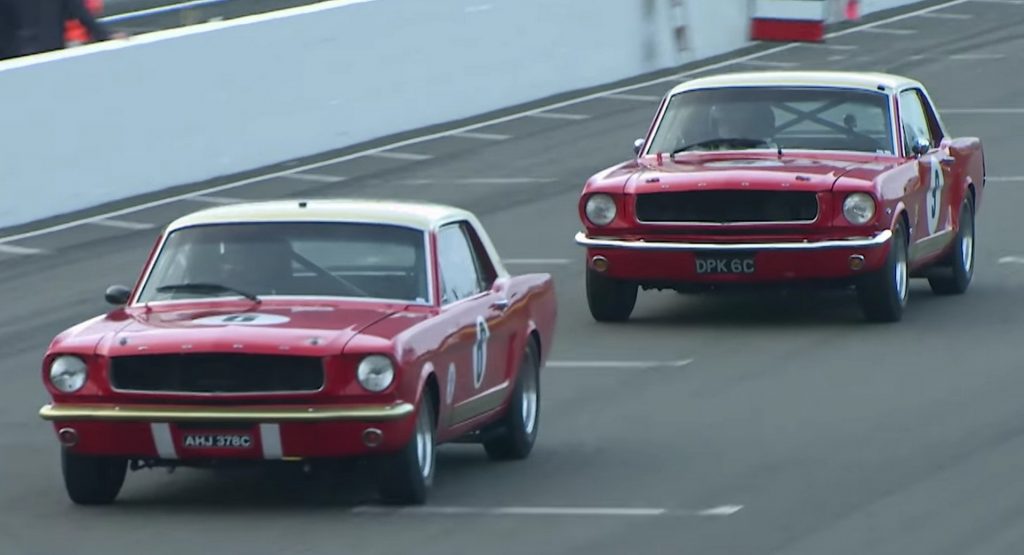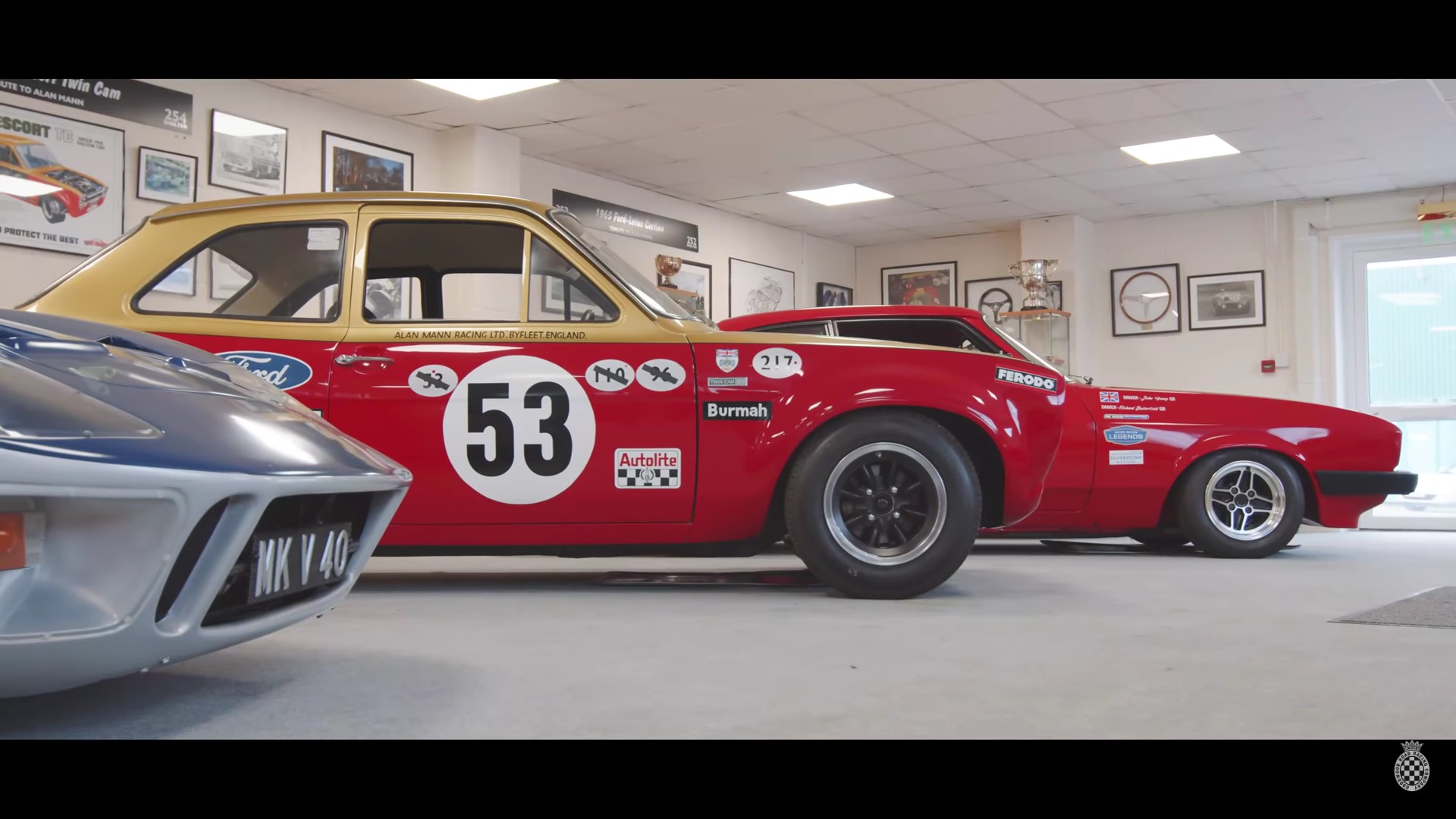It all started with a Ford Cortina. Alan Mann convinced a Ford dealer on the south coast of England to prepare a few cars for competition in order to, as the old saying goes, race on Sunday, sell on Monday.
According to Mann’s son Henry, the Cortinas were successful enough to catch the attention of Ford’s head office, which invited Mann and his Cortinas to the U.S. to compete in some 12-hour endurance races.
With the help of some British drivers, they beat the Ford factory teams with the professional NASCAR drivers in V8-powered Falcons.
Read Also: Rally Legend Paddy Hopkirk Takes Delivery Of His Limited Edition MINI
“These little English, boxy saloons weren’t supposed to do that,” says Henry Mann. “So, I think it caught their attention, a little bit, that outside of America, there were people who knew how to prepare cars as well.”
Based on that performance, Ford gave Alan Mann the responsibility of preparing a Falcon for the Monte Carlo Rally in 1964, which forced him to set up a proper shop for the rally.
The race was a marketing success for Ford and, following the launch of the Mustang, it went to Mann to prepare two cars for the Tour de France Automobile, which finished first and second, ending a long period of Jaguar dominance.
Alan Mann was even involved in preparing the follow-up to the GT40 once 3.0-liter engine displacement limitations were introduced at Le Mans. By the ’70s, though, Ford slowed its motorsports funding and Mann decided to take a step back from racing.
According to his son, Alan Mann quit cold turkey as you might an addiction. Not long before his death, though, he fell off the wagon and started racing again thanks to the vintage racing scene and the Goodwood Revival.
Today, the shop is being run by his Henry, who has the benefit of not only his father’s guidance but the help of some of the mechanics who were there in the ’60s. It’s just another piece of history that can be experienced today thanks to vintage racing.





